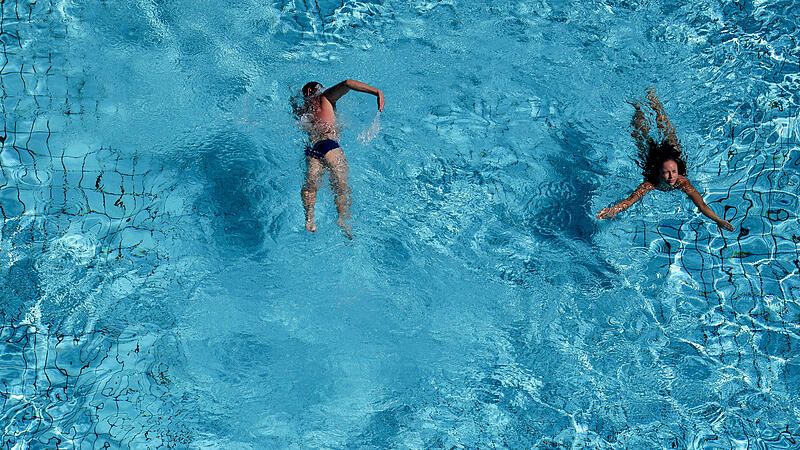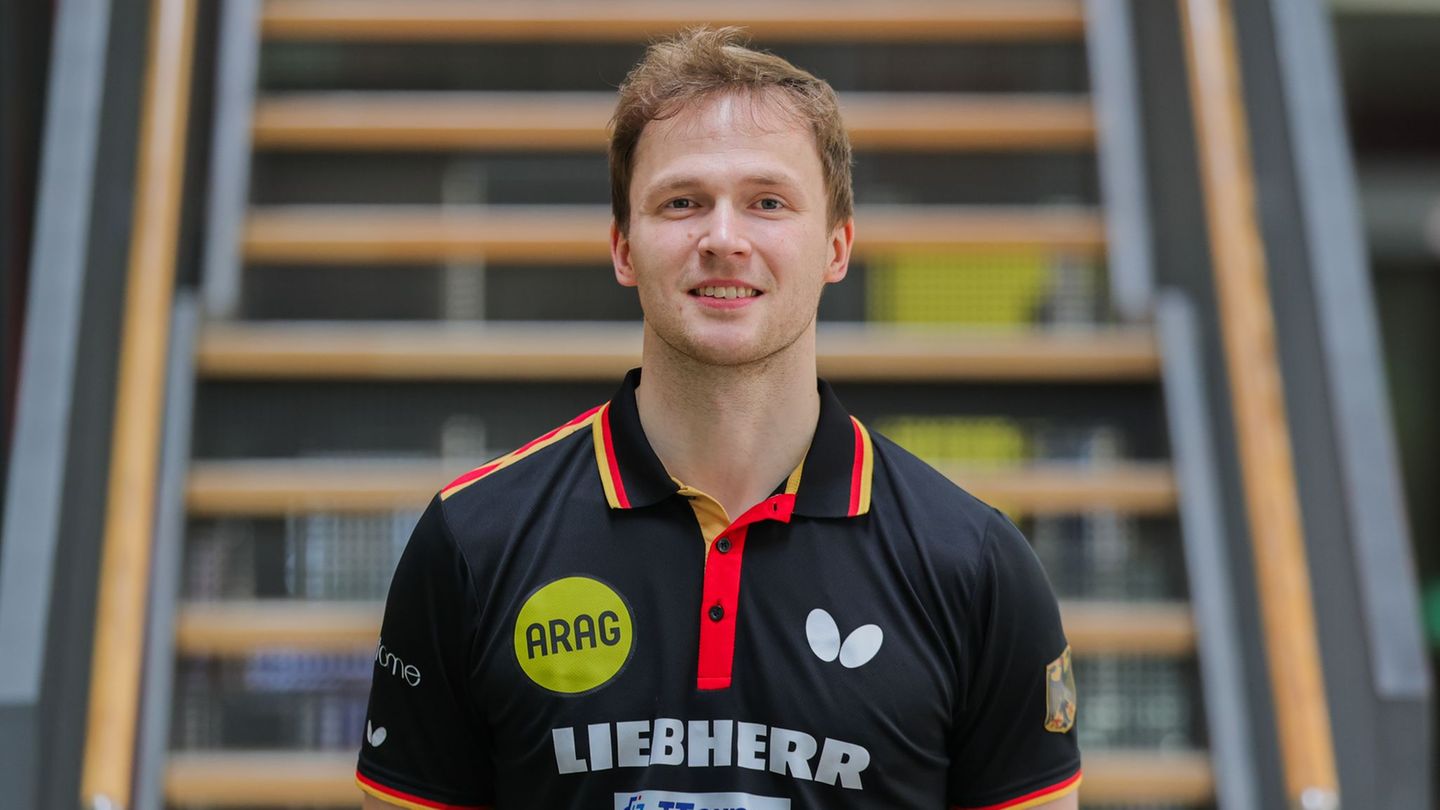A dip in a cool lake or swimming pool is the best thing for many in the summer heat. “And a perfect opportunity to do something for your fitness right away,” says Linz sports doctor Helmuth Ocenasek. Because when the temperature is around 30 degrees, running or cycling are extremely difficult anyway. Swimming, on the other hand, allows you to cool off and train at the same time.
However, it is important not to confuse proper swimming training with bathing or paddling, as the head of the Institute for Sports and Health Medicine in Linz emphasizes: “The training effect is zero if you only move slowly through the water and you don’t move properly applies technique, you have to swim properly.” The sports physician understands this to mean that, in addition to the correct movement when swimming the breaststroke and crawl, you also dip your face under water while exhaling. If you don’t do that, you put a lot of strain on the cervical spine and you don’t really make fast progress either, and you put a lot of strain on the cervical spine.
According to Ocenasek, how strong the training effect is depends on the intensity with which you do it. “The range is large, beginners consume no more than 180 kilocalories per hour, athletes over 900,” says Ocenasek. Additional calorie consumption results from swimming because the body has to be constantly warmed up in the cool water in order to be able to maintain its temperature of around 36 degrees.
Ocenasek generally advises against dolphin swimming because it is extremely stressful on the spine, even for professionals. Although backstroke is healthy for the spine and trains the stabilizing back muscles, it has no significant training effect on the circulation for hobby swimmers.
If you want to include breaststroke and crawl in your fitness program, you need patience and a good training plan, as the expert emphasizes. Don’t expect to be able to swim at full power for half an hour right at the start. “Most of the time, the arm muscles of beginners are completely exhausted after ten minutes, although the heart and lungs are still resilient.”
Therefore, it makes sense to divide the training units, each of which should be at least 30 minutes long, into several sequences at the beginning. “So you swim about five to ten minutes before you take a break and repeat that until you get at least half an hour,” explains Oscenasek. “After about a month and a half with three to four training sessions per week, you can count on being able to swim for half an hour at a time,” says the doctor. So patience is really needed.
If you continue swimming training long after the summer, you will be rewarded with a perfect figure. “The typical swimmer figure is characterized by a narrow waist and muscular shoulders and back,” says Ocenasek. Nevertheless, the doctor recommends not only staying with this sport: “The best thing is a varied training plan with running, swimming and cycling, so all muscle groups are used.”
Source: Nachrichten




